These common oversights can ruin your computer or invite identity theft
| 1. DO NOT ASSUME YOUR SECURITY SOFTWARE IS PROTECTING YOU | |
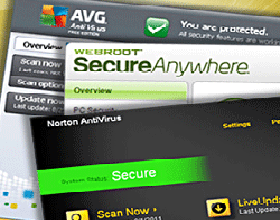
|
Security software is completely effective only when activated and frequently updated. (Most products can update automatically.) To update most commercial software products, you must pay an annual fee. Many users who thought their software was protecting them hadn’t updated it regularly. Software bundled with a new computer requires special attention because its subscription may expire within weeks.
What you can do: Renew the subscription when the software prompts you. Make sure your security software is active when you’re online and that it has been updated within the past week or so. (Most products will display that information.) If it wasn’t updated recently, verify that its automatic updating feature is enabled. If it isn’t, enable it, then update manually. If you can’t, your subscription has probably expired. If you can update only manually, automatic updating might not be working. Call us for assistance. |
| 2. ACCESSING AN ACCOUNT THROUGH AN E-MAIL LINK | |
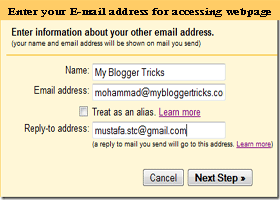
|
No matter how official an e-mail message looks, trying to access a financial account by clicking on embedded Web links is risky. If the e-mail message is fraudulent, a cybercriminal could use the account number and password you enter to steal your identity or empty your bank account. What you can do: If an e-mail message asks you to update your password, account number, or other information, don’t take the bait. Access an online account only by using your existing browser bookmark or typing in the institution’s Web address. If you suspect that an e-mail is a phishing attempt, forward it to reportphishing@antiphishing.org.
READ LEFT TO RIGHT THEN RIGHT TO LEFT |
|
3. DO NOT USE A SINGLE PASSWORD FOR ALL ONLINE ACCOUNTS |
|
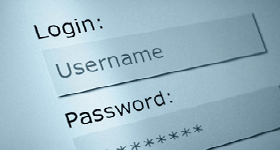
|
Many people use a single password for all their accounts. That practice lets someone who gets your password and steals your identity easily access all your accounts.
What you can do: Using different passwords need not be burdensome. Do what 15 percent of the respondents to our survey do: Use variations on one password. A well-crafted password uses a combination of at least eight letters, numbers, or punctuation symbols. |
| 4. DOWNLOADING FREE SOFTWARE | |
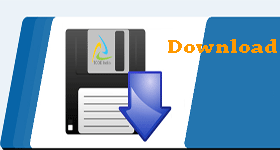
|
You couldn’t resist that neat, free utility. Or your teenager couldn’t resist those fish-tank screen savers and smiley faces. Now your computer runs more slowly than ever. That’s because spyware was probably packaged with the freebies.
What you can do: Download freeware (free software) only from reputable sites such as Download.com. Tell your kids that free software is often anything but. Eliminate most spyware by downloading the free Microsoft Windows Defender and scanning your PC. If you use Windows Vista or Windows 7, there should already be a copy of Defender on your computer. Ensure you have a good AntiVirus program that will pick up suspicious downloads. |
| 5. DO YOU THINK YOUR COMPUTER SHIELDS YOU FROM ALL RISKS? | |
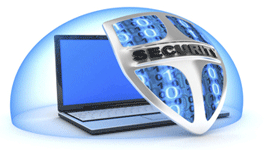
|
Computer users fall prey to phishing scams few of them protect themselves with an anti-phishing toolbar or software.
What you can do: Use Anti-Virus software that also prevents or minimises the chance of phishing. |
|
6. DO NOT CLICK ON A POP-UP AD THAT SAYS YOUR PC IS INSECURE |
|
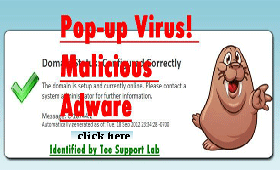
|
Many users who see pop-up ads click on them. But that’s never a good idea. Even if you know such pop-ups are fake, they’re still dangerous. It’s easy to click inside the ad by mistake and be transferred to a spyware site or, worse, have malware automatically downloaded onto your computer. A small percentage of users who see such a pop-up try to close them but launch it instead; some of them clicked on a pop-up and get a malware infection. What you can do: When closing a pop-up, carefully click on the X on the upper left or right corner, not within the window. To avoid pop-ups altogether, enable your browser’s pop-up blocker or use a free add-on blocker such as Google Toolbar or similar in Chrome, Mozilla or Safari. |
| 7. DO NOT SHOP ONLINE THE SAME WAY YOU DO IN STORES | |

|
Online shopping requires special precautions because the risks are different than in a walk-in store: You can’t always be sure who you’re doing business with. You must disclose more personal information, such as your address, to the online retailer. Thieves can sneak in undetected between you and the retail site. What you can do: Use a separate credit card just for your Internet shopping, as do many people. Don’t use a debit card. Sites that display “https” before their address when you’re entering sensitive information and those displaying certification symbols from TRUSTe and other organizations are usually safe, but there are no guarantees. |
